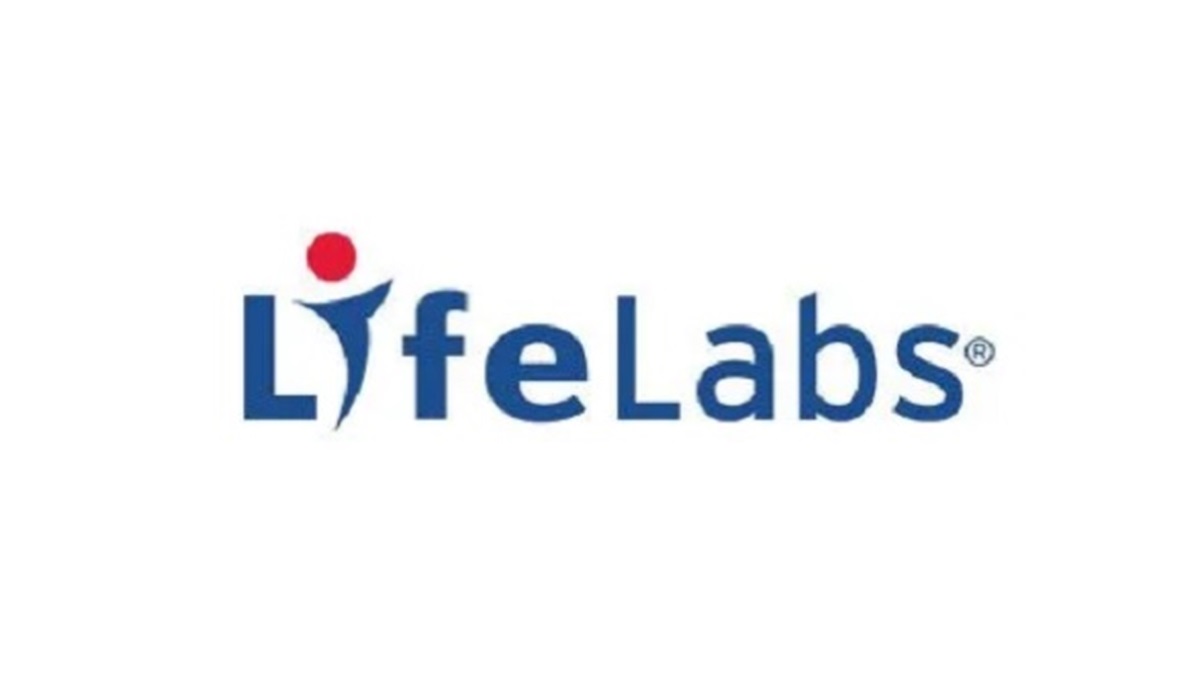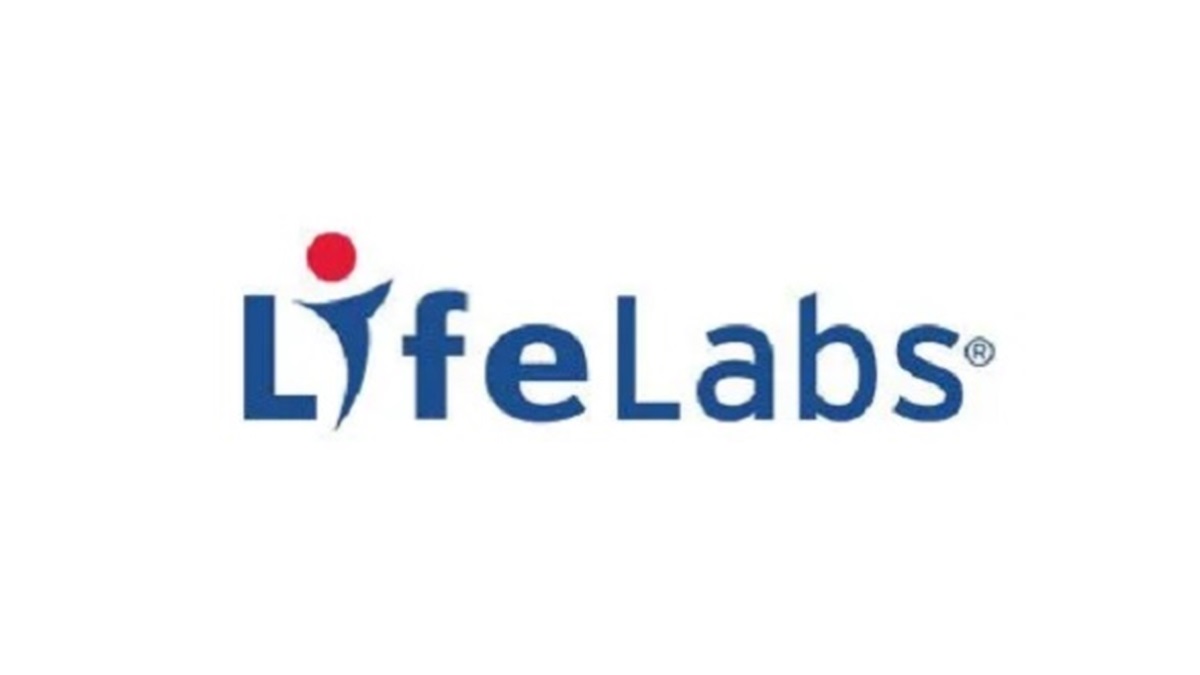
In 2019, a ransomware attack hit LifeLabs, a Canadian medical testing company. The ransomware encrypted the lab results of 15 million Canadians, and personally identifiable information (PII) of 8.6 million people was stolen.
After noticing the attack, LifeLabs informed its customers and the Canadian privacy regulators, which immediately announced an investigation.
The privacy commissioners of both British Columbia and Ontario finished writing a report about the incident in 2020 but LifeLabs managed to hold that up in court for four years. Now the report is publicly available and some of the findings are both shocking and unsurprising.
According to the report, LifeLabs had several shortcomings before the breach:
- LifeLabs failed to take reasonable steps to protect personal information and personal health information in its custody and control from theft, loss, and unauthorized access, collection, use, disclosure, copying, modification or disposal.
- LifeLabs failed to have in place and follow policies and information practices that comply with PIPA and PHIPA
- LifeLabs collected more personal information and personal health information than is reasonably necessary to meet the purpose for which it was collected.
Additionally, the investigation found that LifeLabs didn’t comply with its obligation to notify affected people at the first reasonable opportunity. This was because it didn’t implement a process to notify people about the details of what personal health information was compromised without requiring them to make a formal access request.
Patricia Kosseim, Information and Privacy Commissioner of Ontario commented:
“Personal health information is particularly sensitive and privacy breaches can have devastating impacts for individuals.”
The regulator said it was important for the report to be made public after four years of resistance by LifeLabs. We agree that it is important that we know how companies are protecting our data, especially the medical kind. But at the same time we also know that many organizations in the healthcare industry do not have the staff to handle this, not do they have the funding to hire those staff. It’s catch 22.
At the time, LifeLabs wrote in an open letter that the cybersecurity firm it hired to investigate the incident advised it that the risk to its customers in connection with this cyberattack was low. LifeLabs said it hadn’t seen any public disclosure of customer data as part of its investigations, including monitoring of the dark web and other online locations.
Malwarebytes checked up whether that claim still held through and could indeed not find any LifeLabs customer data that came from that breach.
The reason is not a big mystery. Reportedly, LifeLabs paid the ransomware group, which is why it’s still unknown which group was behind the attack. The specific amount of the ransom paid has not been disclosed by the company.
But as ransomware groups are just a gang of criminals, it might be hard to take their word for it that they won’t release the data at some point. We will keep an eye on it.
We don’t just report on threats – we help safeguard your entire digital identity
Cybersecurity risks should never spread beyond a headline. Protect your—and your family’s—personal information by using identity protection.
